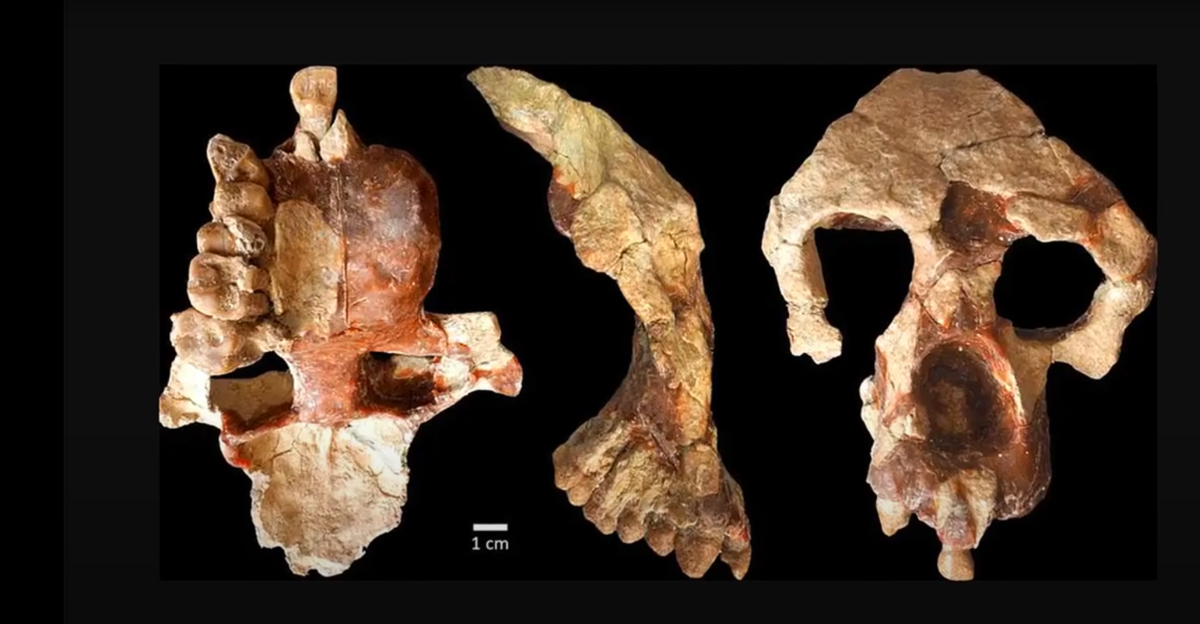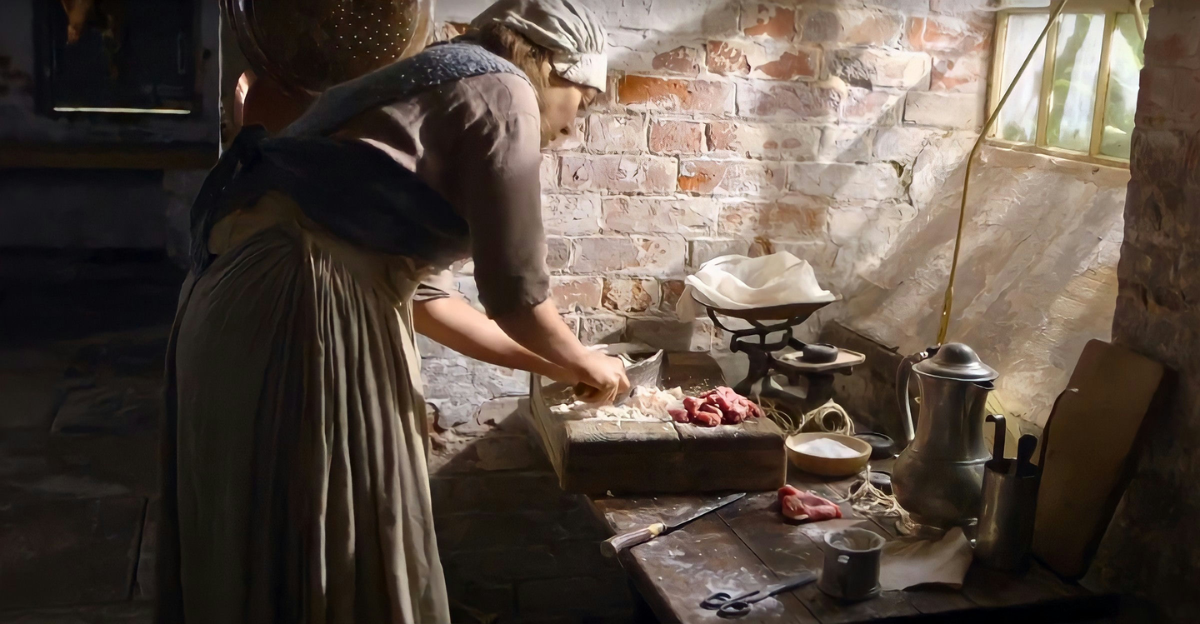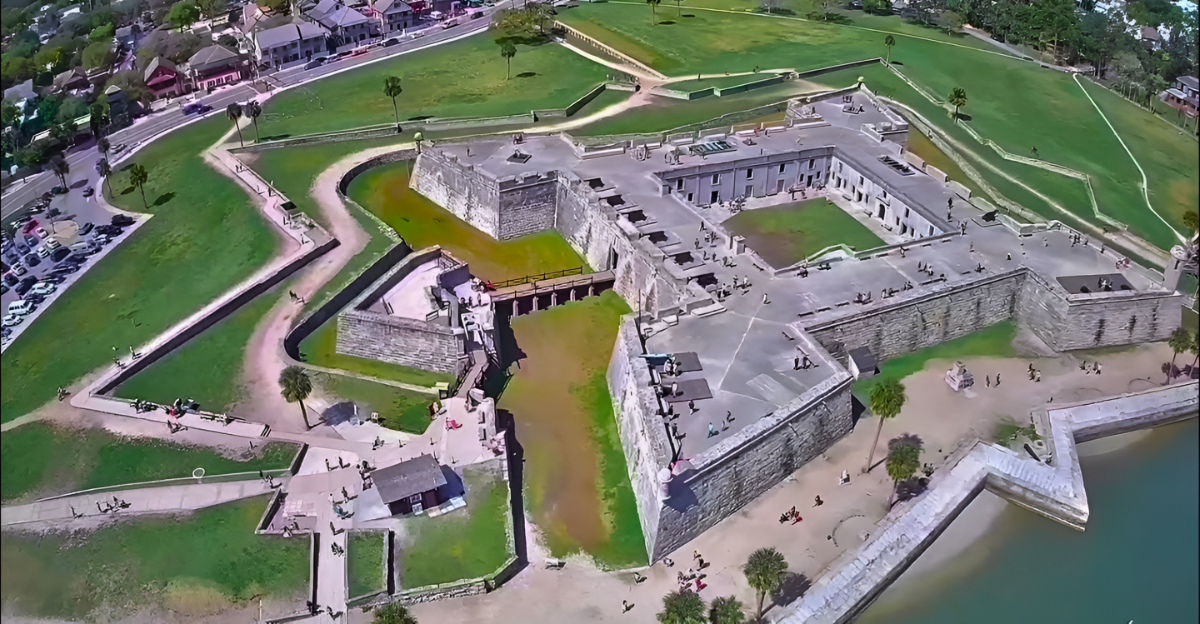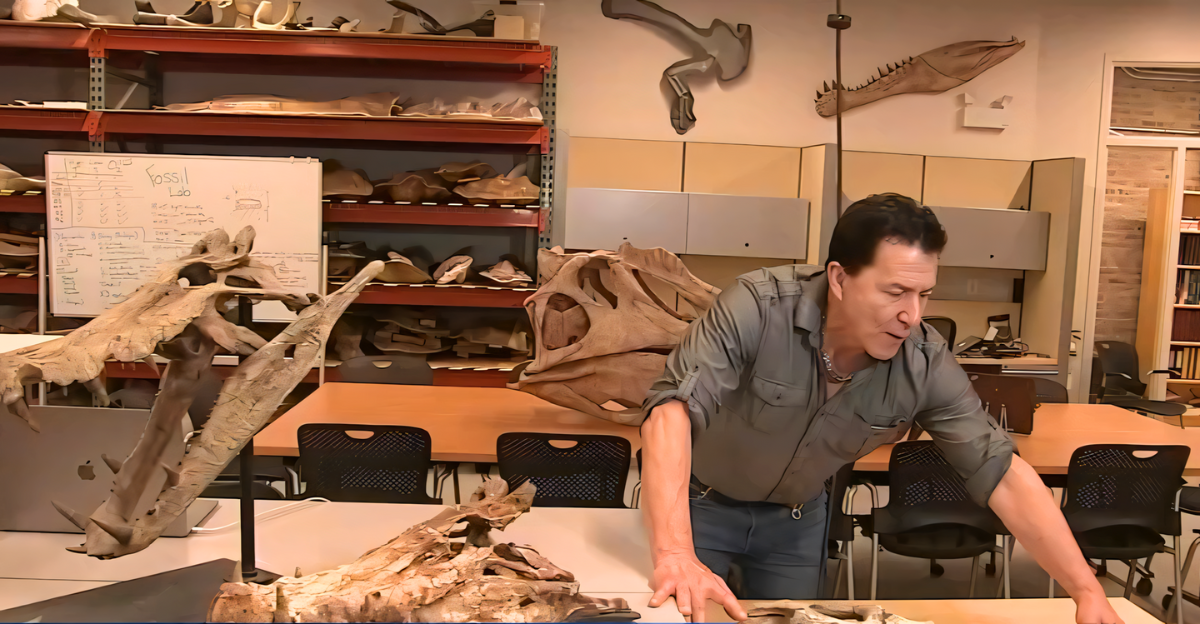
When we think of fossil hunting, the first images that come to mind are of archaeologists setting up digs in remote areas like the Middle East or down long, dark mine shafts. However, the truth is that some of the best preserved fossil specimens can sometimes be found a lot closer to home. Mazon Creek, Illinois, not far from Chicago, has been host to some of the most remarkable fossil finds of the century. Let’s take a look at why so many amazing fossils are found there, and what’s been discovered!
The History of Mazon Creek
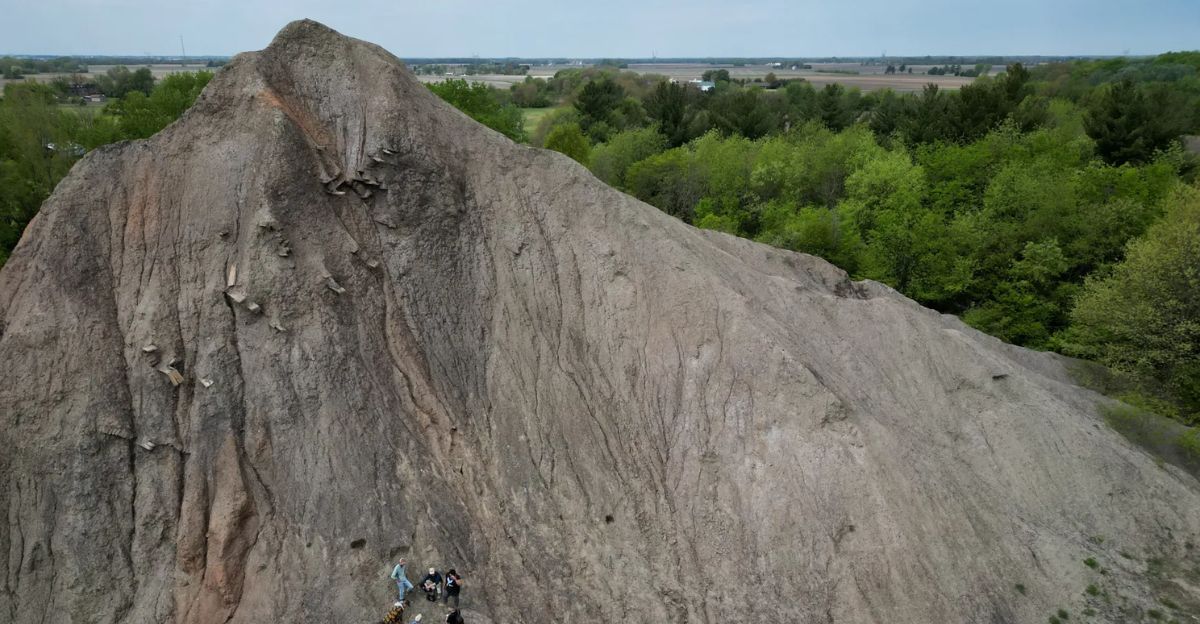
Mazon Creek became well-known for it’s fossil collection during the mid-19th century when well-preserved fossils were found along the banks of the Illinois River. Since the discovery, more and more fossils began popping up, and pretty soon the area was considered a hotspot for the ancient specimens. The Illinois River and its surrounding tributaries have since been the site of many amazing fossil discoveries that date back hundreds of millions of years.
Why Mazon Creek?
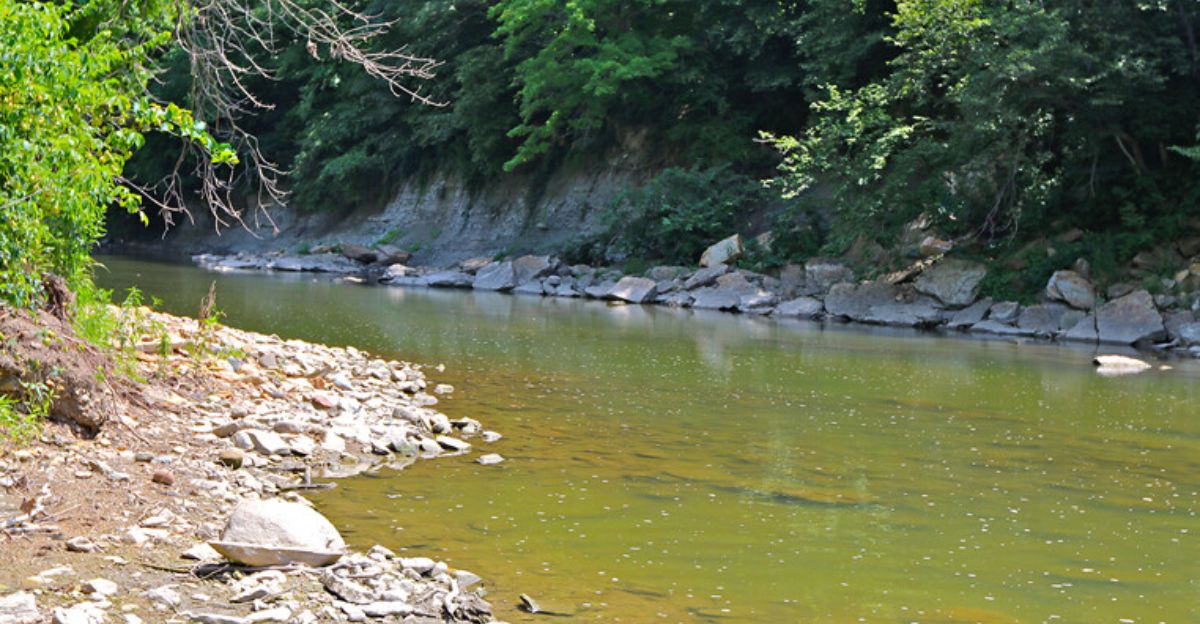
Fossils tend to be well preserved in coal and shale which is commonly found near rivers and river creeks. Due to the size of the Mazon creek, and the apparent high amount of prehistoric life that used to inhabit the area, the scale of the fossils that keeps popping up is quite high. Due to the rich quality of the sedimentary layer that contains the fossils, they’re generally also kept in a highly well-preserved state, which makes them ideal for inspection and analysis.
What’s Been Found?
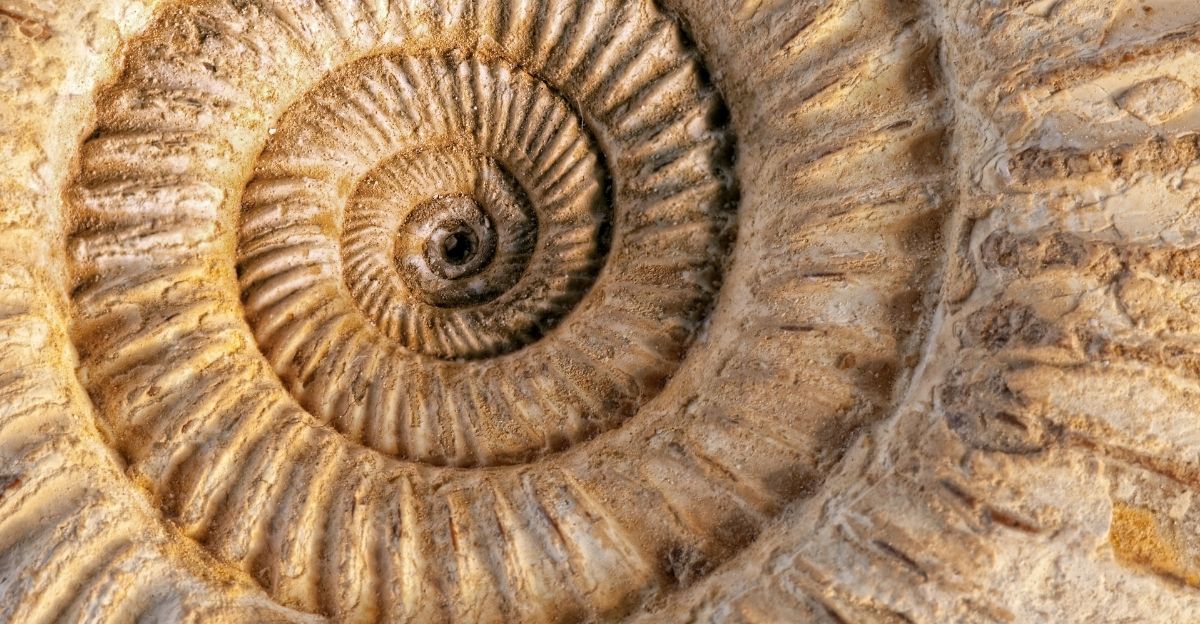
The Mazon Creek area has been the home of a wide number of different discoveries with regards to the types of fossils found there. The discoveries aren’t always made by archaeologists and scientists. Very often, they’re stumbled upon by coal miners or avid weekend hobbyists who come upon the fossils by chance. The fossils include pristine preservation of ancient prehistoric plant life and also point to an abundance of marine life in the area.
Pristine Plant Life
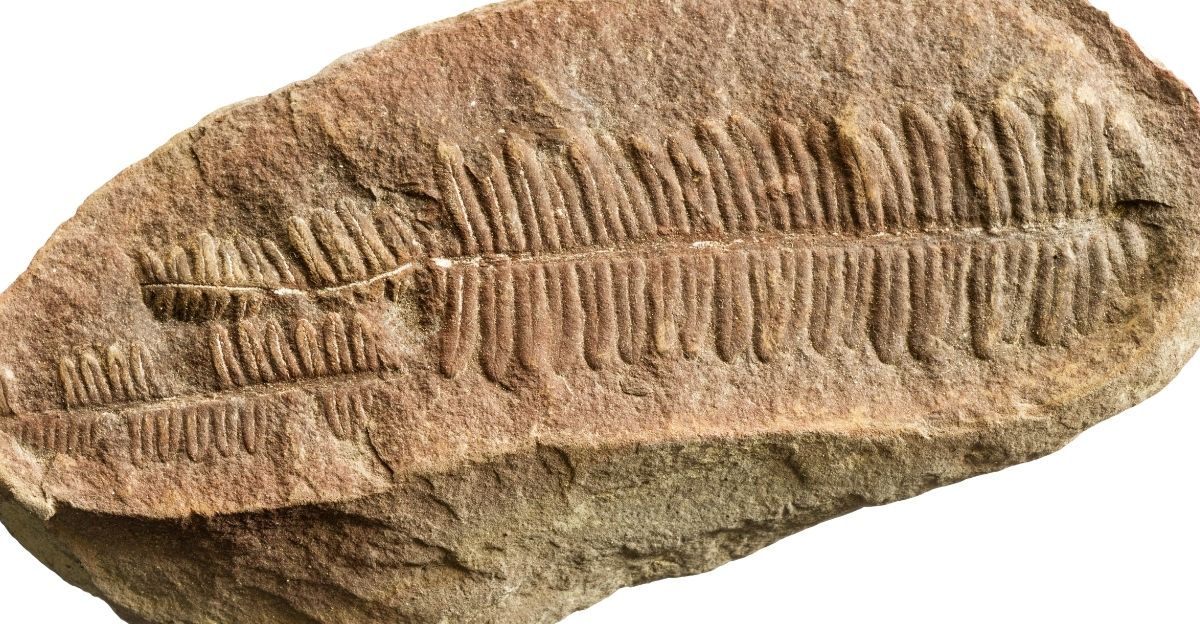
Many of the fossils seem to contain beautiful impressions of prehistoric plant life dating back to the Carboniferous era, or roughly 300 million years ago. The species are highly detailed and have given scientists a very good idea of what the ancient flora was like in the area. The fossils commonly detail plants like ancient ferns, and there is a wide variety of them in the area. The evidence points to the fact that the area used to be a prehistoric swamp.
Meticulous Marine Life
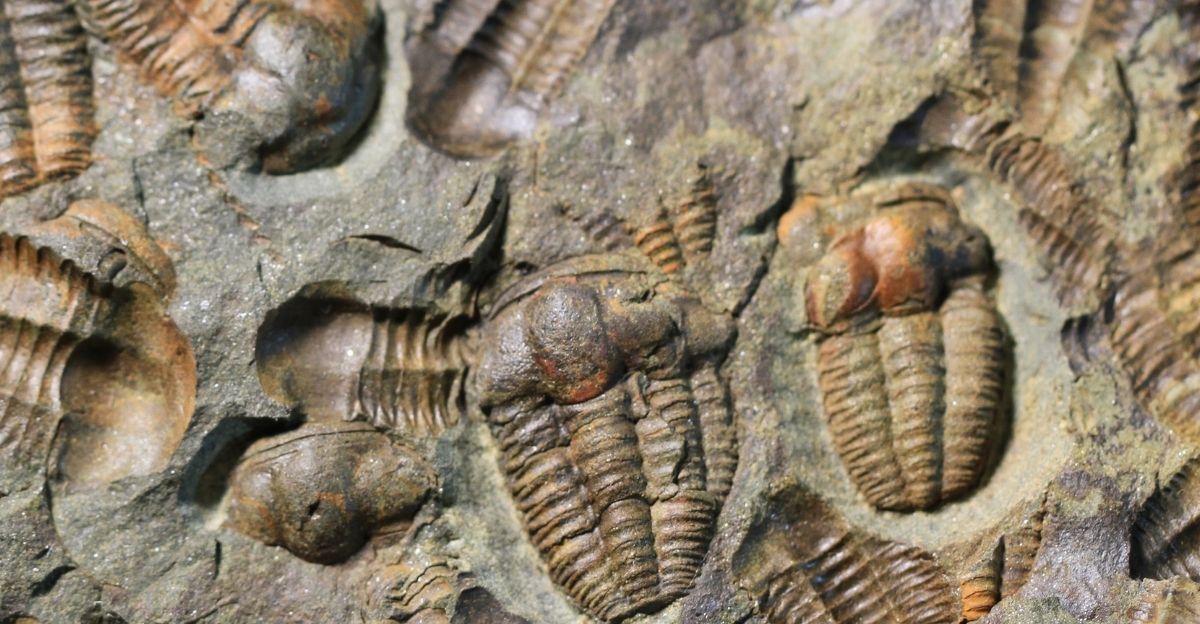
The area has enabled the discovery of over 400 different species of plants and marine life so far. The marine species found there encompass species like jellyfish, molluscs, worms, crustaceans, and even rare fish. The immaculate quality with which these specimens are presered in has given scientists a very good idea of how ancient life in the area functioned and what they looked like. However, the discovery also hints at another possibility that has next-gen palentologists watering at the mouth.
Molecular Miracles

Due to the fact that the Mazon Creek area is so rich with fossil evidence, many propose that there could also be a number of molecular fossils to still uncover in the area. Molecular fossils are hugely important for paleontological researchers in the modern day and age, because they can give scientists a good understanding of the biological and biochemical functions of ancient lifeforms. This is hugely important for understanding how they worked and how they evolved over time.
An Ancient Mystery
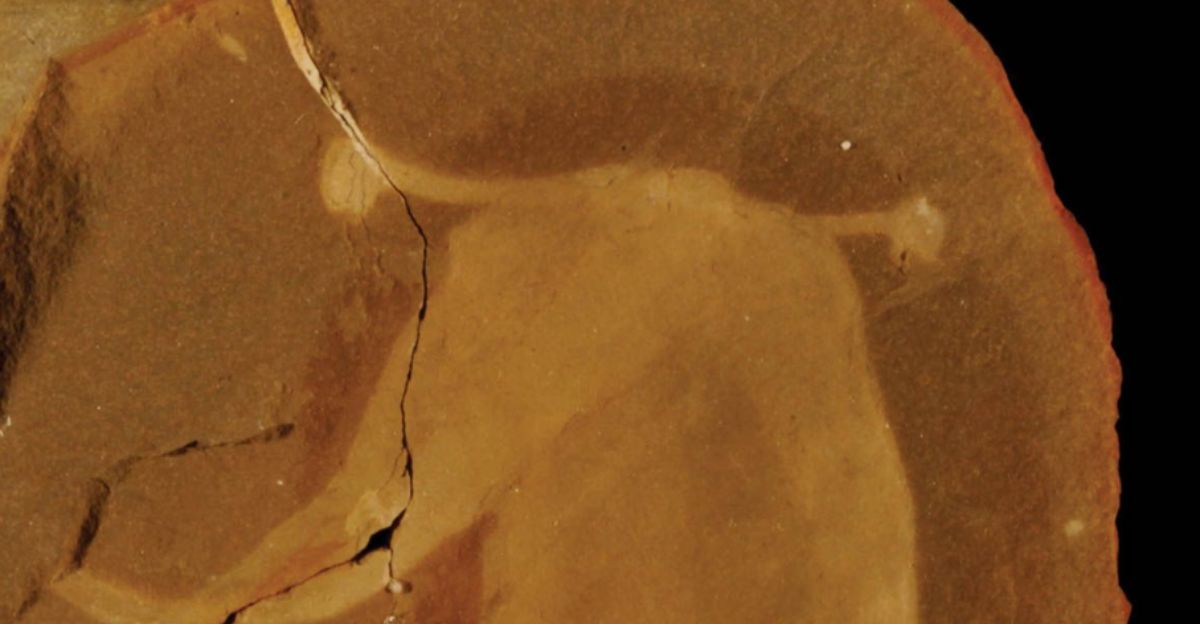
The Mazon Creek area has also been the source of what many scientists call an ‘ancient mystery’. In 1955, amateur collector Francis Tully discovered a fossil of an unknown creature in the Mazon Creek Formation. The creature was shaped somewhat like a squid, but had features that were similar to those of molluscs, arthropods, worms, and vertebrates, to name a few. In essence, it has yet to really be classified, and its exact genus is still under study. The creature was named ‘The Tully Monster’.
The Tully Monster
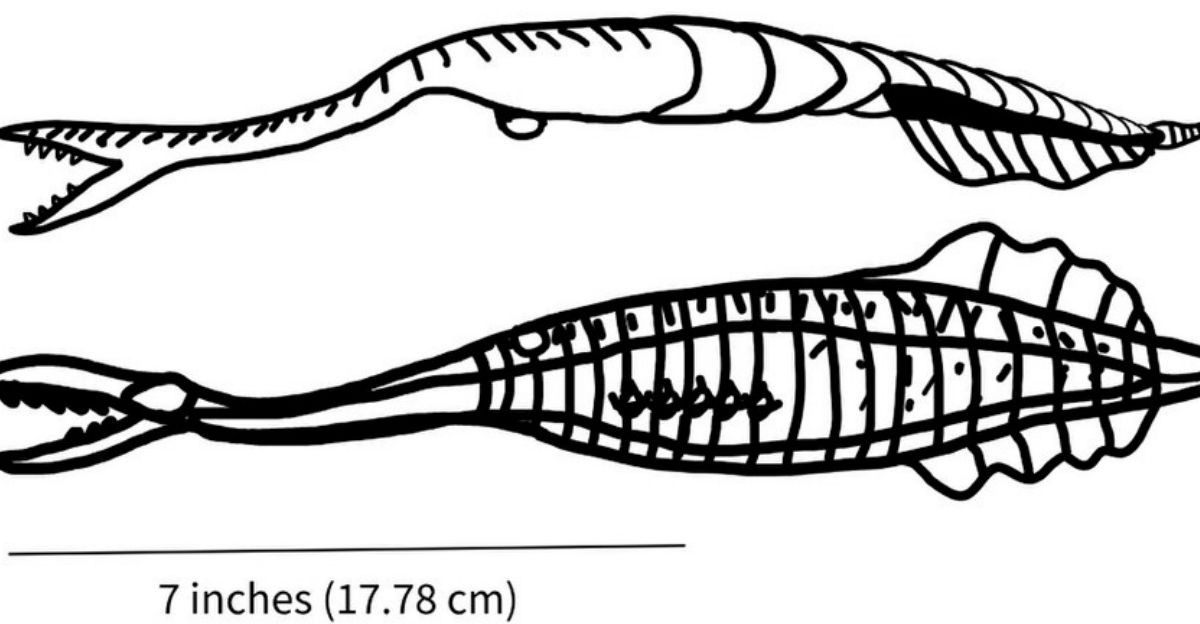
The Tully Monster was discovered by pure chance, and the finding has proved to be a challenge to paleontologists. The creature exhibits the traits and characteristics of a number of different species, making its exact genus hard to pin down. It had a cigar-shaped body, a long, extended proboscis-like mouth, and was thought to be a carnivore. On average, they are thought to have grown to around 14 inches long and are generally related to modern lampreys.
Only in Chicago
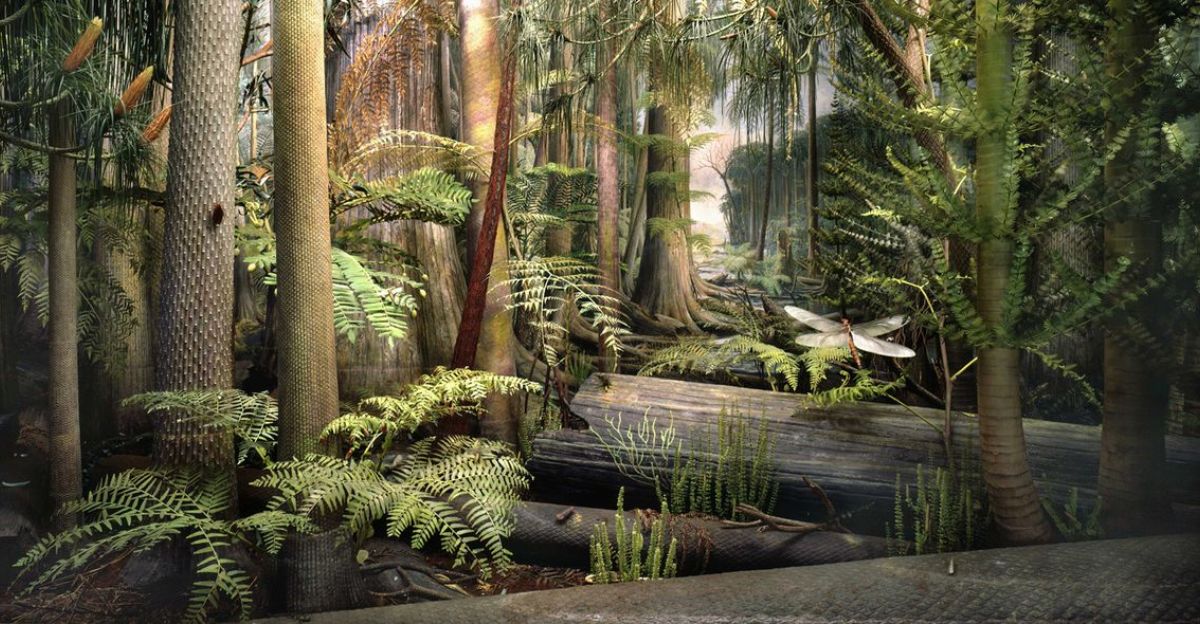
The other more significant fact about the discovery of the Tully Monster is that, so far, Mazon Creek is the only place on Earth to have yielded discoveries of this creature. The soft silt and thick mud of the once ancient swamp that the Mazon Creek Formation is now thought to have helped to immaculately preserve this specimen, which died there around 300 million years ago. To date, the species hasn’t been found anywhere else on Earth, suggesting that they might have only inhabited this area long ago.
The Importance of Mazon Creek
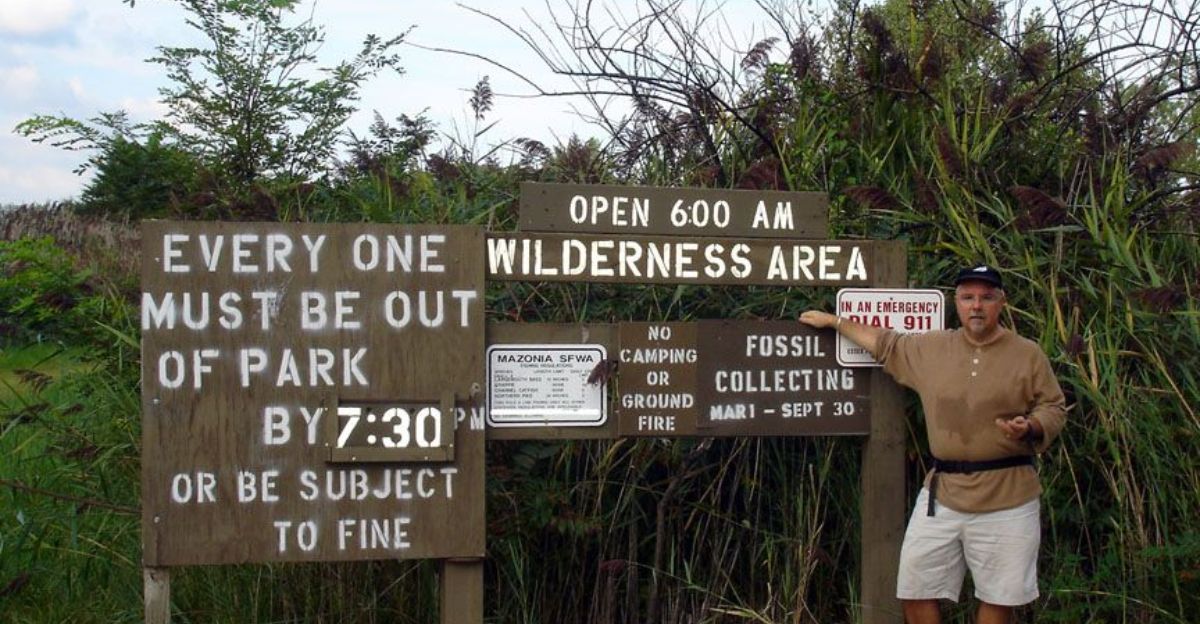
For a long time now, archeologists and paleontologists have hailed Mazon Creek as an important landmark for the discovery of ancient fossils. In fact, during the 1970s and 1980s, so many fossils were found there that in the early 90s, the site was awarded the title of being a ‘knoservat-lagerstätte’. This essentially means that the area is now protected as a conservation area for the discovery of ancient fossils. This has done a lot to increase the importance of the Mazon Creek Formation in the scientific community.
The Importance of Conservation
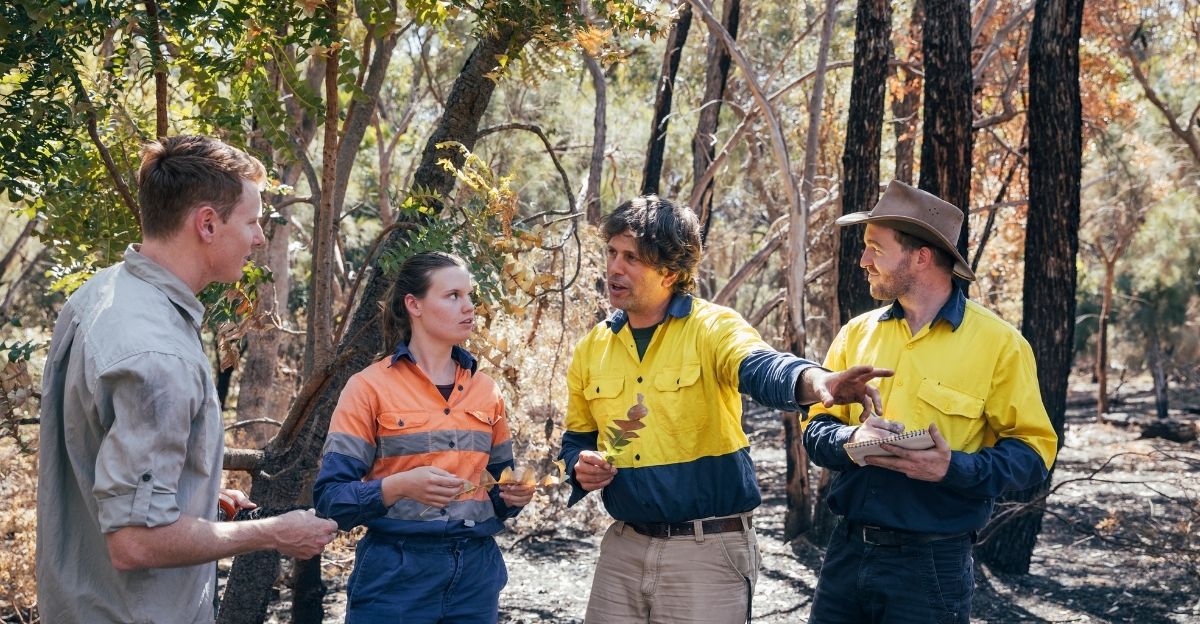
There’s a big chance that a lot of the discoveries at the Mazon Creek area would never have been made if it hadn’t been for old coal miners discovering the fossil finds that they did. However, now the challenge is to best preserve the area and the finds that people could still make there to ensure that some of these precious links to the past of our planet aren’t lost or damaged accidentally by mining practices. Who knows what scientists may yet discover in Mazon Creek? If you liked this article, be sure to check out more on our site!

